about us
OUR STORY
Mount Diablo Cider Company started—and still operates—out of our garage, built around nothing more than a shared love for craft and a dream of doing things differently. Both Bay Area natives and Cal grads, we wanted to create something authentic, rooted in tradition, and connected to our community. After working as a production manager for a few cideries, earning back-to-back gold medals at the U.S. Open Cider Championships, and having work featured in CiderCraft Magazine, Thomas was finally ready to take Tracy’s advice: build something of our own, together.
This is our side gig, our labor of love—and because of that, we keep it intentionally small. Balancing demanding day jobs (Thomas in education, Tracy in healthcare) means our focus is on quality, not quantity. We always start with whole apples, harvested fresh each season, then hand-crushed and pressed by us. Fermentation happens slowly and naturally in barrels or stainless steel, guided by wild yeasts, and every cider takes more than a year before it’s ready to share. Nothing is force carbonated—the bubbles develop on their own through traditional methods.
Because our production space is small and the fruit changes year to year, our ciders are micro batched and no two ciders are ever the same. Much like wine, each release reflects the varieties used and the season they came from, making every bottle one of a kind. With the exception of a few friends who lend a hand during harvest (and one who designed our logo), every part of this company—from pressing fruit to bottling, licensing to marketing—is handled by the two of us. That commitment to small-batch, handcrafted cider has earned us prestigious awards, but what matters most to us is sharing something rare, personal, and full of character.
thomas
Thomas grew up in Sonoma County, surrounded by orchards and apple country. When Tracy needed to cut out gluten, the hobbyist beer brewer went looking for a new way to create—and found cider. That discovery led to two years working in production for two different cider companies, where he gained valuable experience and perspective on both large- and small-scale operations. In 2021, we transformed our garage into a working winery so Thomas could make cider close to home and on his own terms. Since then, Mount Diablo Cider has earned multiple prestigious awards at national and international competitions—recognition that underscores Thomas’s skill, creativity, and dedication to his craft. Always curious and never satisfied with “good enough,” he thrives on learning, experimenting, and finding new ways to make each cider better than the last.
Tracy
Tracy is the quiet engine that keeps Mount Diablo Cider Company running. A Bay Area native and Cal grad, she encouraged Thomas to turn his passion for cider into a project they could build together. While Thomas connects with the community and perfects each batch, Tracy handles licensing, accounting, taxes, marketing, social media, and web design—making sure every detail behind the scenes runs smoothly. Her healthcare career keeps her grounded, but cider gives her a chance to create and problem-solve in a completely different way. Nearly every part of the company is run by just the two of them, with only a little help from friends during harvest, and Tracy ensures it all stays true to their small-batch, handcrafted vision.

